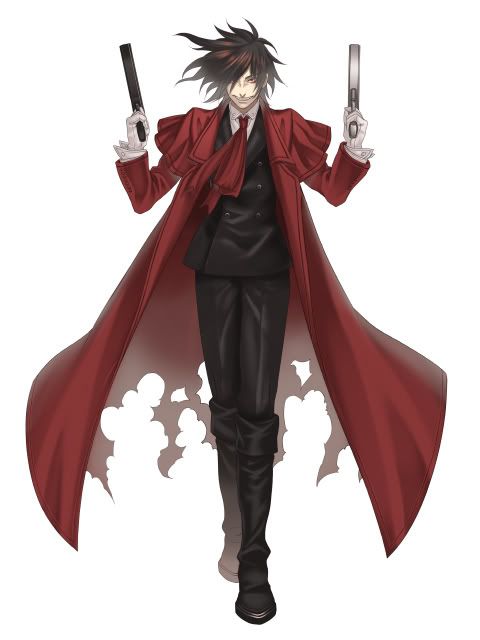I am a bit geeked. Yes, I’m also a bit of a geek . . . but if you are reading this blog, so are you.
My RPG ‘freelancing career’ definitely deserves those sarcastic quotes. I’ve been fortunate to do a bit of work with Nevermet Press. I have one published article in Kobold Quarterly and a few on the website. I finished in the top ten of an adventure writing contest at Paizo once . . .
Not too much to write home about. However, this weekend, if all continues apace, I will have my first solo authored PDF product out for D&D (4e in this case). The product is a variant monster manual, thus full of cool art and useful to anyone who games (monster manuals are in every gamer’s wheelhouse).
I’m proud of the work I did for this PDF. I feel like the writing is fairly solid and if you read through the PDF (as opposed to simply cherrypicking the included creatures) you’ll notice a subtle story woven through. The creatures included in this product interact with each other, their stories intertwine. My hope was that this level of interconnectivity would help spur a GM’s mind; failing that, I hope the writing is simply up to snuff and that the reader enjoys it.
Interconnectivity . . . the refusal to leave loose ends, and, even more pointedly, the conscious decision to connect the loose dots into a cohesive picture.
In gamemastering, I think focusing on this level of connection is a way to reward players, ease the burden of GMing, and create a tighter setting.
REWARD PLAYERS – Most DMGs, blogs, and veteran players can speak to the importance of drawing inspiration for your game from the player-character’s backgrounds. Did the player of a wizard have a rival for his mentor’s tutelage? The thief was betrayed by his father you say? The paladin’s women has decided to devote her life to her god and taken a vow of chastity . . .
Players love being rewarded for taking the time to develop a character. Players are smart and hopeful; they know these loose ends are there to make the game more fun, and to, hopefully, put some emphasis on their character’s own story. Picking up on these cues and making them occasional points of emphasis in a campaign is just smart gamemastering.
But what if, using the examples above, the thief’s father was also the father of the paladin’s wife? Suddenly everything becomes more murky, more difficult to navigate, and, thus, more rewarding to deal with. The thief may very well want blood, but the Paladin cannot allow that to happen regardless of past ills if he hopes to return to his love at some point. How do the player’s navigate this? To make matters worse, the roguish father may be running a con on the group, one his son can immediately sniff out, but one that plays to the paladin’s sense of honor . . .
Making NPCs from a PC’s past interact in different ways with the group rewards the player because it encourages more vivid roleplaying sessions, more character immersion, and a challenge outside of combat or skills that must be navigated.
EASE THE GM BURDEN – This one is simple. If you GM like me, you keep that notebook full of NPC’s met, threads of each character’s personal ‘story’, etc. BUT, instead of having unique individuals populating each character’s own arc, being interconnective (not an actual word, but bear with me) asks you to have serious overlap amongst those characters. Overlap means less NPCs to track, less NPCs to track means less work AND, the hidden bonus, less background NPCs often means the NPCs who do get on stage are often more unique or interesting.
A TIGHTER SETTING – By now you may guess where I am going here. Interconnected PC backgrounds allow for more richly detailed world settings/NPCs. Instead of splitting your creative juices amongst 5 different NPCs, cities, cultures, or what-have-you’s, you instead are splitting your mana only 3 ways.
This means a few things:
1) It is a lot easier to work in 3 things than 5, thus character background elements will reoccur more often, and give a bit more payoff.
2) I’ve always believed in a minimalist approach to creating a believable setting. By hitting the shared background elements (or NPCs) of a characters’ lives, the GM can bring forth descriptions/emotions/reactions that effect more than one PC. Instead of the thief listening to his father tell the tales of his city, he can instead listen to how he tells them to the paladin, and how they are completely false.
When the things a PC ‘knows’ are challenged or shared, they become more than description. The world becomes a living, breathing thing – and actions are sought from the player’s.
Does the thief let his dad tell these lies? Does he interject? Does the paladin even care?
Perhaps, that paladin is too worried about the sudden appearance of his church’s new inquisitor . . . who just happens to be his wizard friend’s old rival . . .
Interconnectivity baby.







